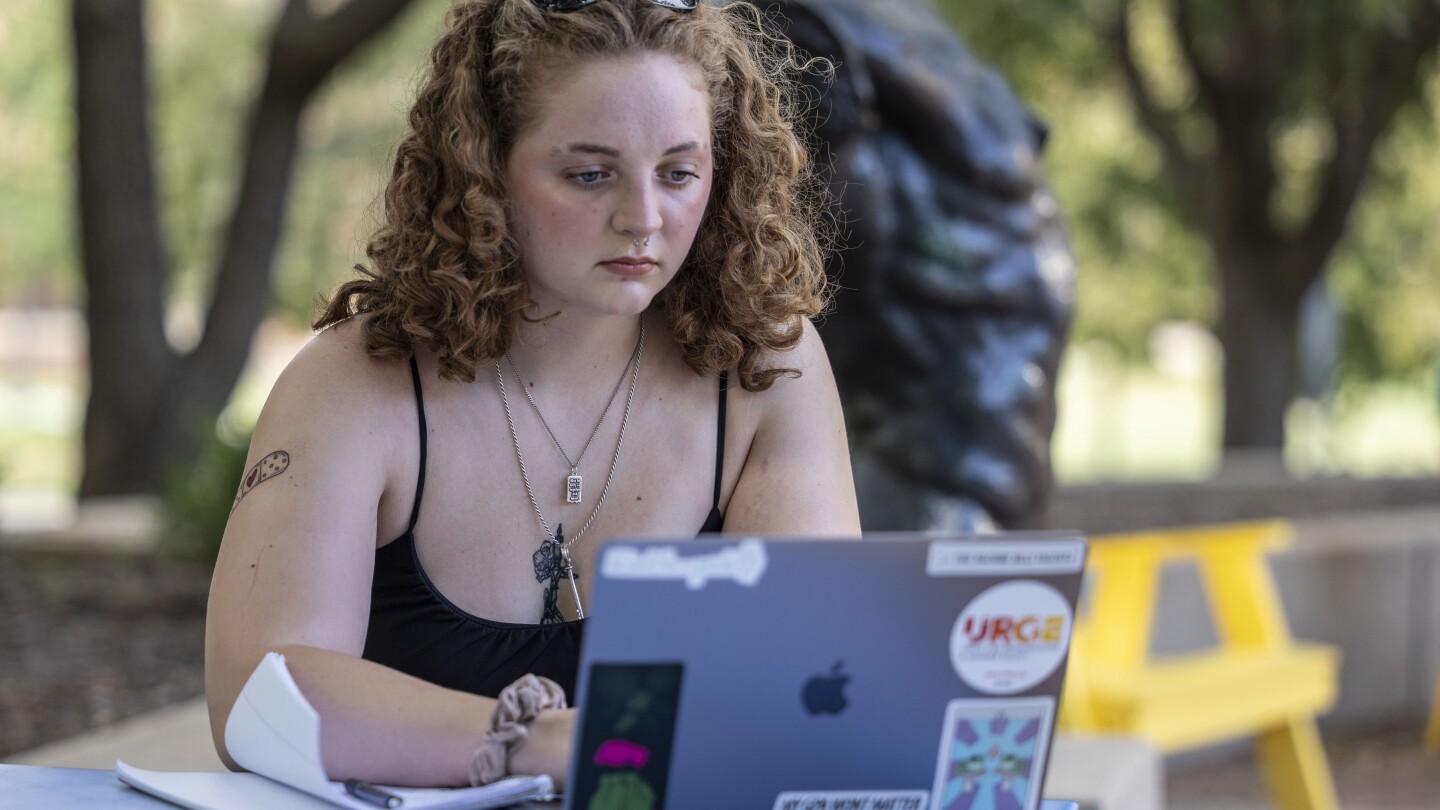In fifth grade, Stella Gage’s class watched a video about puberty. In ninth grade, a few sessions of her health class were dedicated to the risks of sexual behaviors.
That was the extent of her sex education in school. At no point was there any content that felt especially relevant to her identity as a queer teenager. To fill the gaps, she turned mostly to social media.
“My parents were mostly absent, my peers were not mature enough, and I didn’t have anyone else to turn to,” said Gage, who is now a sophomore at Wichita State University in Kansas.
Many LGBTQ+ students say they have not felt represented in sex education classes. To learn about their identities and how to build healthy, safe relationships, they often have had to look elsewhere.
You must log in or register to comment.


